The recent fires in California are certainly tragic, with loss of life and families losing everything, but there have also been automotive losses as well. Gary Cervany, lost his entire 30-car collection in Malibu, including the Norman Timbs Special, a one-of-a-kind prototype from the Forties. Chris and I were lucky enough to see it at Indianapolis three years ago in an exhibition of dream cars.
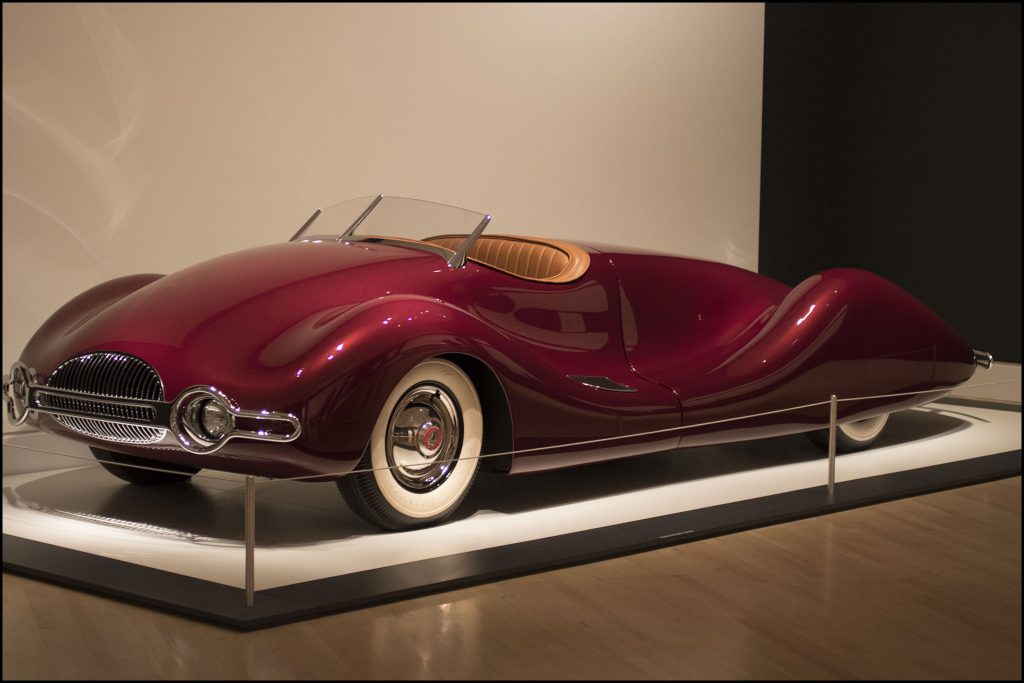 So-called Dream Cars have been used by automotive manufacturers for decades to gauge public reaction to design and engineering concepts and provide glimpses into the automotive future. Generally one-off builds, these concept cars often lived short lives, being recycled into other dream cars, and, all too often, consigned to the crusher. Some of the significant cars were retained by the manufacturers and a few managed to find their way into private hands, When a selection of these very special cars were gathered for an exhibition at the Indianapolis Museum of Art in 2015, I jumped at the chance to go.
So-called Dream Cars have been used by automotive manufacturers for decades to gauge public reaction to design and engineering concepts and provide glimpses into the automotive future. Generally one-off builds, these concept cars often lived short lives, being recycled into other dream cars, and, all too often, consigned to the crusher. Some of the significant cars were retained by the manufacturers and a few managed to find their way into private hands, When a selection of these very special cars were gathered for an exhibition at the Indianapolis Museum of Art in 2015, I jumped at the chance to go.
At the entrance to the exhibit was the Firebird I XP-21 from 1953. With its jet fighter styling and gas turbine power plant the car was a star of the 1954 Motorama, GM’s traveling automotive showcase.
The afore-mentioned Norman Timbs Special, rather than being built by a manufacturer, came from one man’s vision of what a sports roadster could be. Norman Timbs, an automotive engineer who had worked at Tucker and also designed Indy roadsters, built this car in the later Forties. Powered by a Buick straight-eight, the swoopy two seater sported an aluminum body. After years of neglect, the car was purchased and restored by Gary Cervany and could often be seen on the roads around his mountain Malibu home. Unfortunately, this car, along with Cervany’s entire car and motorcycle collection was destroyed in the recent California wildfires.
The Bugatti Type 57 Competition Coupe Aerolithe was designed by Jean Bugatti for the 1935 Paris Automobile Salon. Although the original no longer exists, this faithful 2007 recreation displays its unique magnesium body on a Type 57 chassis. Design elements of the stunning Aerolithe made their way into the later Type 57 Atlantic, including the riveted flanges of the body panels.
One of the most well-known of GM’s dream cars was the 1951 Buick Le Sabre. GM design chief Harley Earl’s “Experimental Laboratory On Wheels” was certainly a show stopper wherever it appeared. Styled after the Air Force’s F-86 Sabre Jet, the Le Sabre had a magnesium and aluminum body. Harley Earl used it as his personal car, putting 45,000 miles on it! It must have been some sight on the roads around Detroit in the early Fifties.
The 1934 Model 40 Speedster, designed by Ford’s Bob Gregorie at the behest of Edsel Ford, was built by the Ford aircraft devision, and used by Edsel Ford as his personal speedster.
The 1941 Chrysler Thunderbolt was billed as the “Car of the Future” and featured the first American car with a retractable hardtop.
The 1936 Stout Scarab was arguably the first minivan, seating seven and driven by a Ford V-8 in the rear. A handful reached production.
The 1956 Buick Centurion, designed by Chuck Jordan, had a fiberglass body and a glass bubbletop. The futuristic dash contained a rear view camera display instead of rear view mirrors.
Not to be outdone by other divisions, GM’s flagship, Cadillac, produced the 1959 Cadillac Cyclone XP-74. Begun during Harley Earl’s reign as GM Design chief, it was completed on Bill Mitchell’s watch. The “nose cones” on the front fenders contained proximity-sensing radar units over a half-century ago.
The 1955 Chrysler Ghia Streamline X “Gilda” was a joint effort between Chrysler’s Virgil Exner and Italian coachbuilder Ghia. Ghia’s technical director, Giovanni Savonuzzi refined the sleek shape in a wind tunnel.
Designeer/engineer Gordon Buehrig developed the design for the Tasco (The American Sports Car Company) in 1948. Its fighter plane cockpit and, first ever, T-tops were not enough to save it. Expected production never materialized and the single prototype was the only one ever built.
Could there be a more dramatic, low-slung (33 inches!!) concept than the 1970 Lancia Bertone Stratus HF Zero? Pushing the limits of practicality and requiring yoga-like training for entry, the Zero still looks futuristic nearly a half-century after construction.
The 2010 Porsche 918 Spyder Concept Car is one of the few times a dream car makes it into production, virtually unchanged, albeit as a hyper expensive hypercar.
And, finally, the exhibition displayed Pininfarina’s take on a three-seat, center-driving 1966 Ferrari 365P Berlinetta Special “Tre Posti”, predating the McLaren F1 by decades.


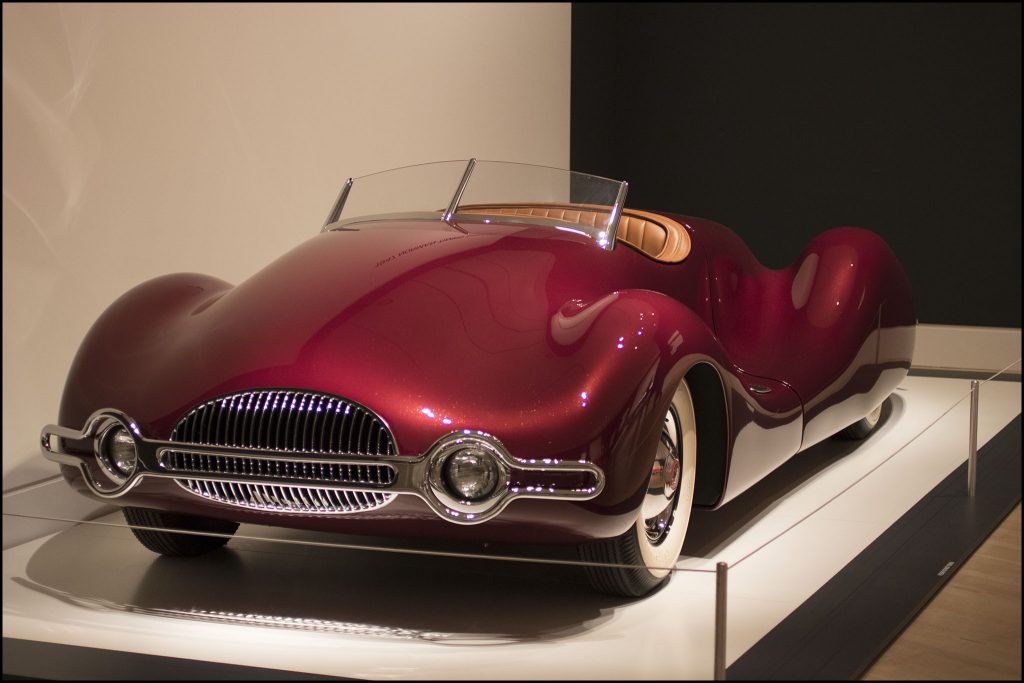

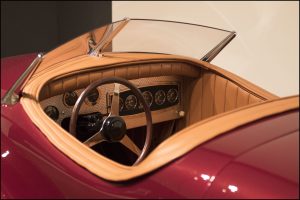








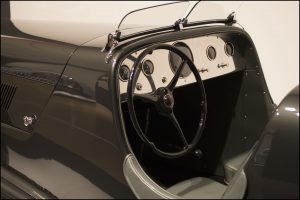








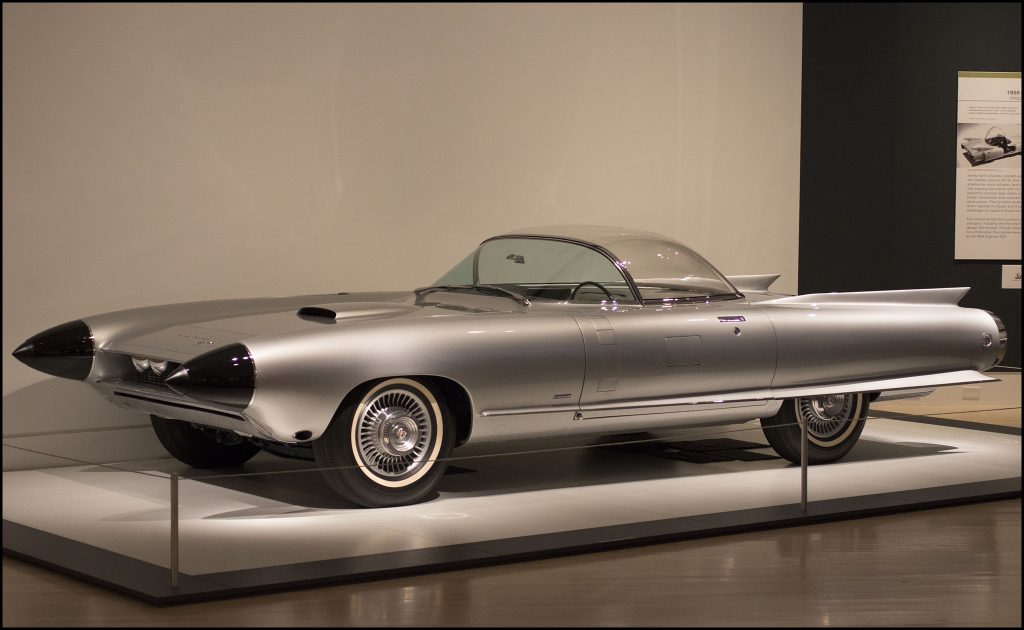



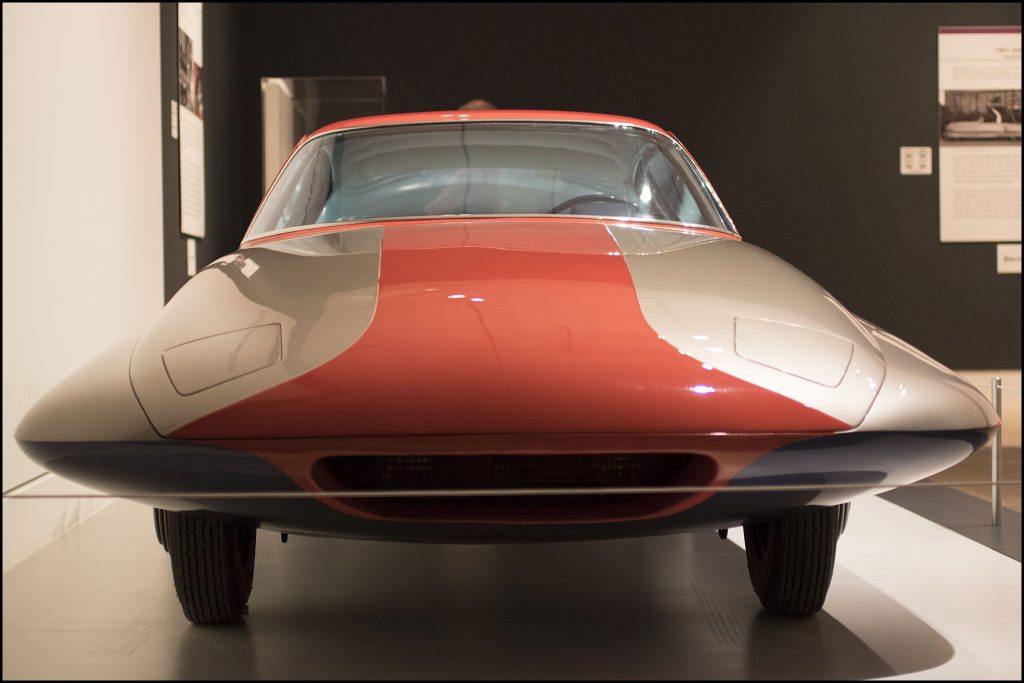



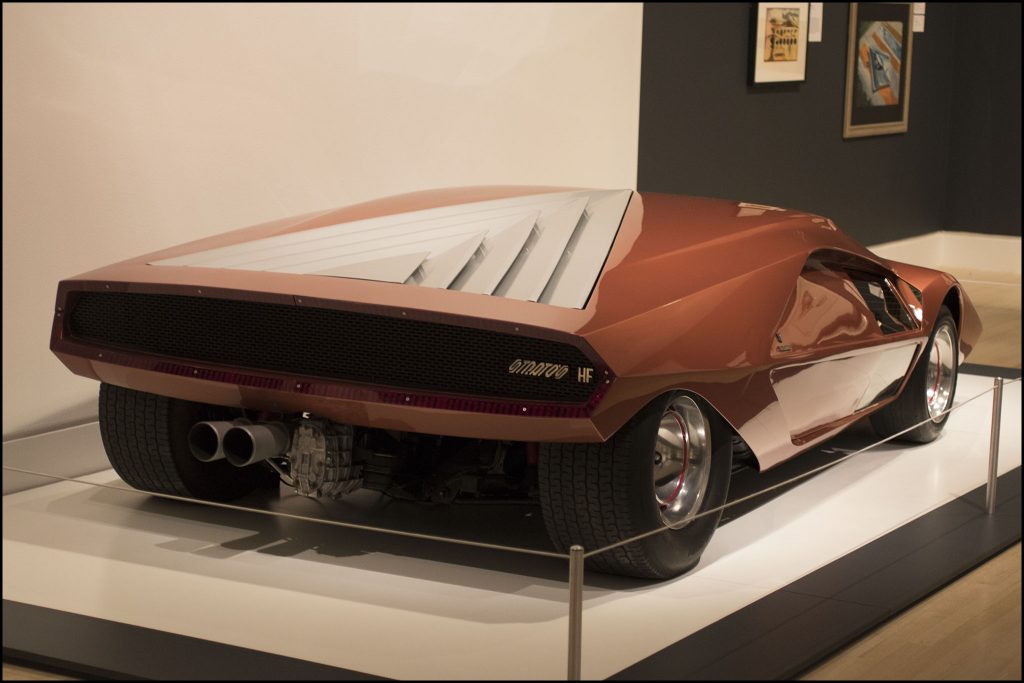



Russell – am I to understand that all of these cars are gone as a result of the fire? None were able to be saved?
Marty
The cars in this exhibition in Indianapolis came from different sources. Some were still owned by the manufacturers, while some were in private hands. The Norman Timbs Special was owned by Gary Cervany, a car collector in Malibu. His entire collection of some 30-odd cars and a number of motorcycles was lost in the California wildfires, but the Norman Timbs Special was the only one in the Indianapolis exhibition.
By the way, clicking on the thumbnails in the article will bring up higher resolution photos.